Chorley's own Spitfire plane: The people of the town raised £6,158 to help Britain win the Second World War in the air
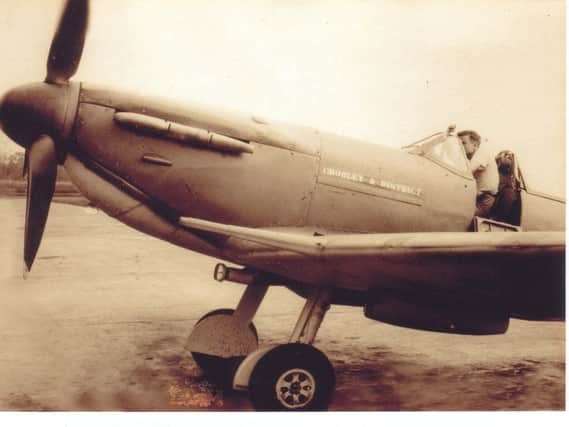

As the Chorley Guardian reflects on the 150 years since it first published, we're telling the stories which have touched our community. We continue to look back in our Chorley 150 series with local historian Stuart Clewlow
During World War Two, the people of Chorley and district contributed to many fundraising campaigns to support the war effort.
One such scheme was the 1940 Spitfire Fund.
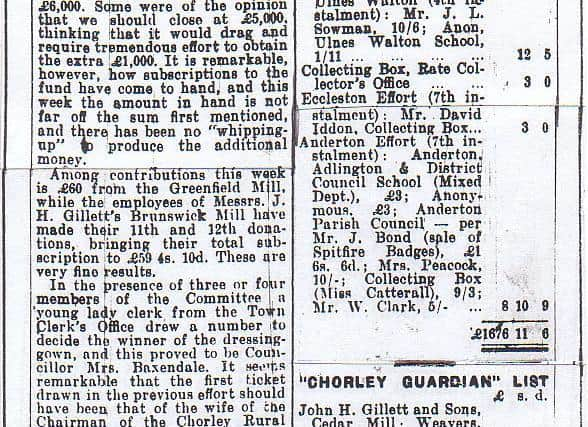

Advertisement
Hide AdAdvertisement
Hide AdThe cost of buying a 1940 Spitfire at that time was publicly quoted in the North West of England as being £6,000.
The equivalent cost today would stand at over 100 times greater!
The fact that ordinary people of Britain were able to help the war effort raised morale and pride in the Royal Air Force, the junior of the three forces.
In the early days of the war, the Royal Air Force, and particularly Bomber Command, was the only way that the British and her allies were able to strike back.
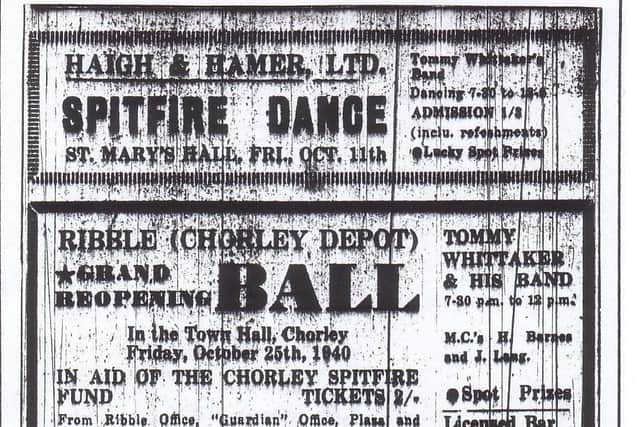

Advertisement
Hide AdAdvertisement
Hide AdIf desired, the donating association, district, or even individual, could have their name printed (normally by the engine cowling) on their presentation aeroplane.
The Chorley and District ‘Spitfire Fund’ lasted approximately four months and raised £6,158.
P8593 aka “CHORLEY & DISTRICT” was a twin-cannon, four .303” machine gun armed Spitfire Mk IIb; one of only 170 built and fitted with a MkXII Rolls-Royce Merlin engine with a constant speed propeller.
It was designated the engine number 141127.
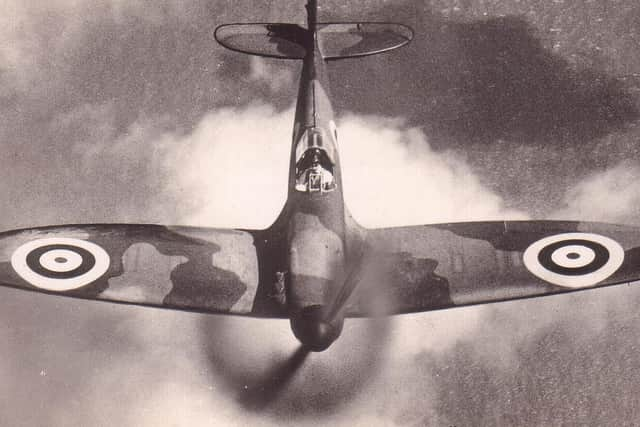

The Mk IIb entered service in 1940 and they were of the fabric covered `A` airframe designation with an external bullet proof windscreen.
Advertisement
Hide AdAdvertisement
Hide AdDuring the war ‘Chorley & District’ served all over the country with: 222, 64, 611 (Lancashire), and 54 Fighter Squadrons.
Whilst with 611 (Lancashire) Squadron, P8593 was selected as one of its representative aeroplanes.
Having been piloted by many distinguished Officers of the RAF, including a veteran of the Battle of Britain, ‘Chorley & District’ had a varied career before it came to an abrupt end.
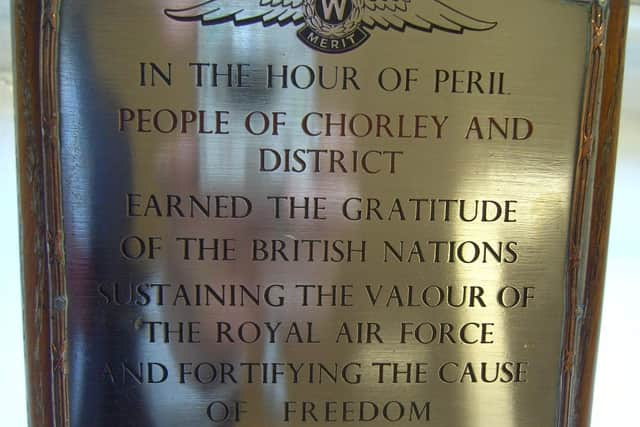

On June 25 1944, it was in use on a solo gun-camera exercise that was to last 30 minutes.
Advertisement
Hide AdAdvertisement
Hide AdAt 1000 hours, after the training mission, the pilot was preparing to land.
However, the throttle gear jammed in the closed position.
The pilot had no option but to attempt a forced landing with the gears (wheels) up inside the underside of the wings.
The approach was fast and on landing the aeroplane struck the far boundary of a plot of land belonging to Mr. Walker of Carr Farm, in the area of Weel Carr, near Beverley in East Yorkshire.
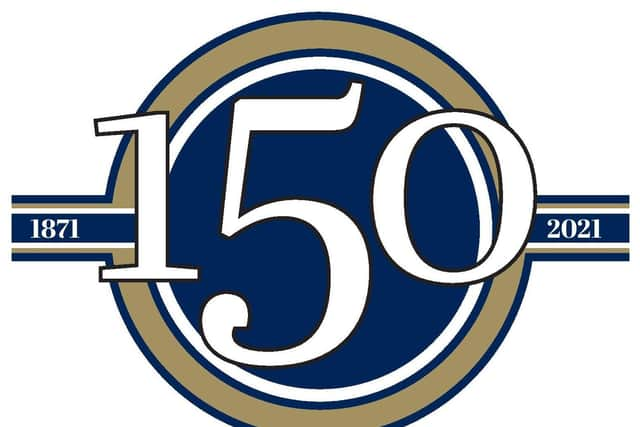

Maintenance unit inspectors at first thought that ‘our’ Spitfire P8593 was repairable but after more analysis the aeroplane was re-categorised to be struck off charge with effect from July 1st 1944.
Advertisement
Hide AdAdvertisement
Hide AdAlthough the ‘Chorley & District’ Spitfire was likely to have been broken down into many, many reusable components, the initial generosity of the people of Chorley and District would have continued to serve purpose.
The salvaged Spitfire equipment and parts, paid for through the donations of the Chorley Borough people, would have maintained other Spitfires and kept them flying, fighting and winning the war in the air.
More from Stuart Clewlow: >>> HMS Chorley: Three men lost their lives when the ship sank on its way to Dartmouth in World War Two
Chorley 150 countdown
This story is part of our Chorley 150 series to mark the 150th anniversary of the Chorley Guardian.
If you'd like to suggest a story for this Chorley 150 series then email [email protected]
Comment Guidelines
National World encourages reader discussion on our stories. User feedback, insights and back-and-forth exchanges add a rich layer of context to reporting. Please review our Community Guidelines before commenting.
